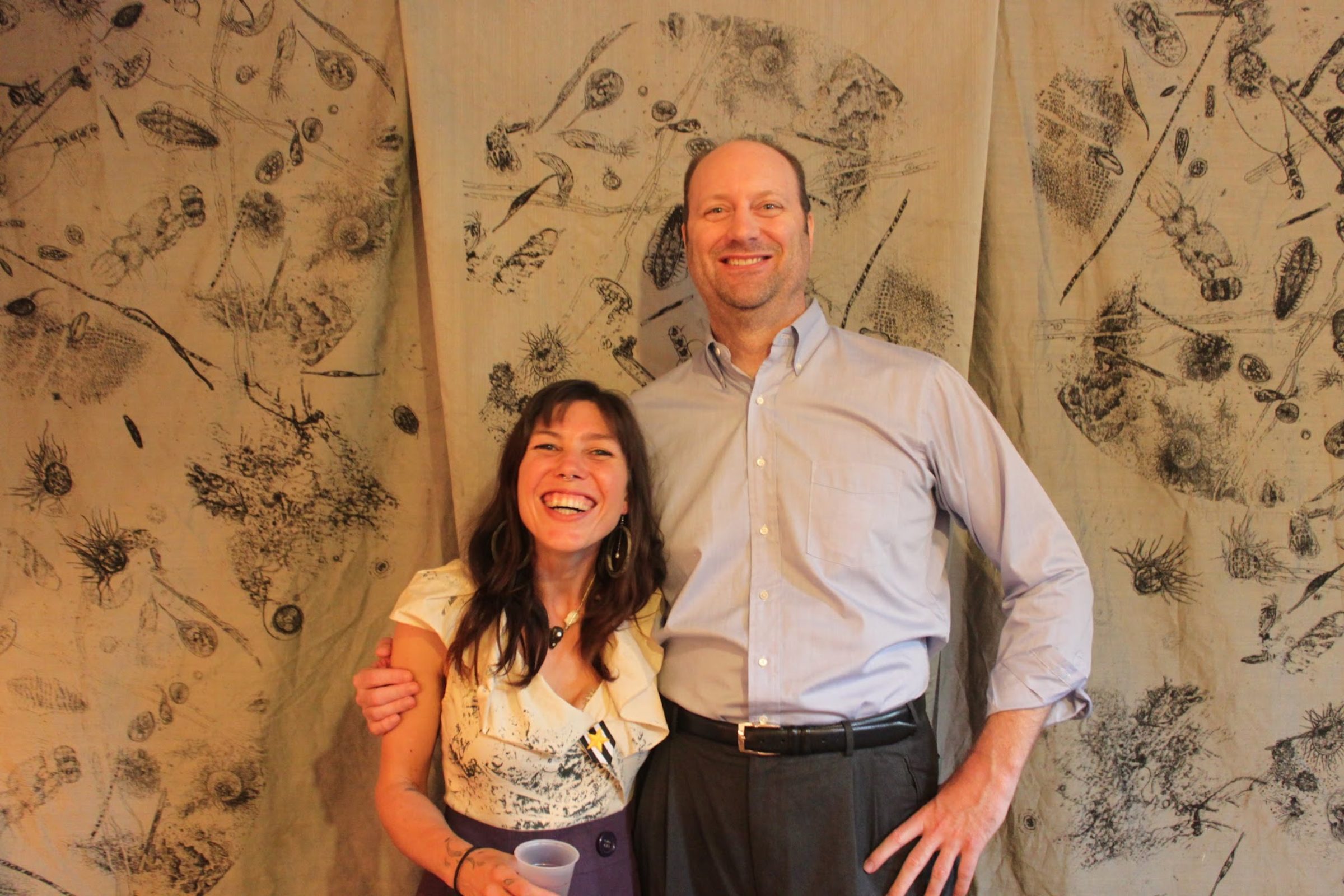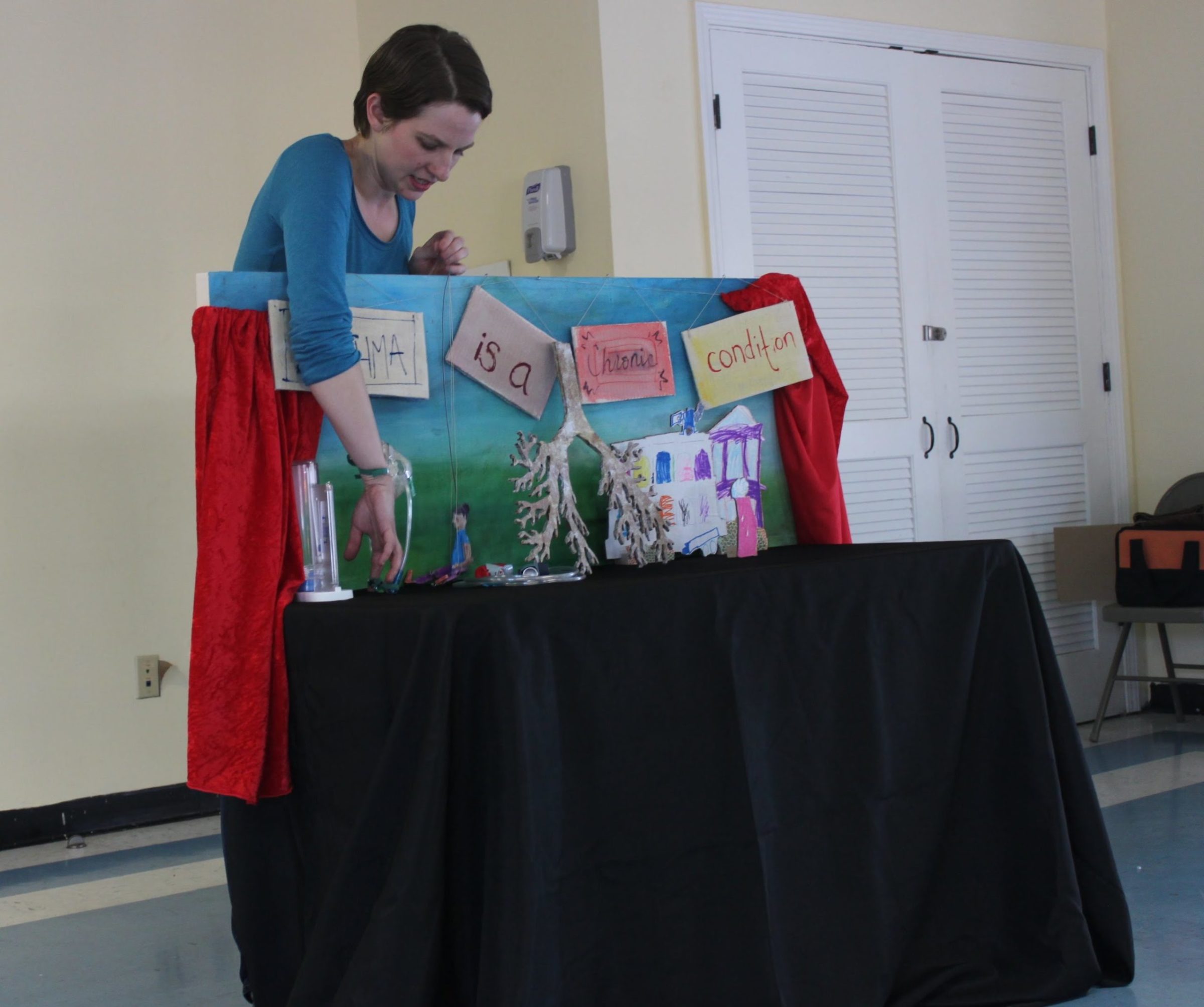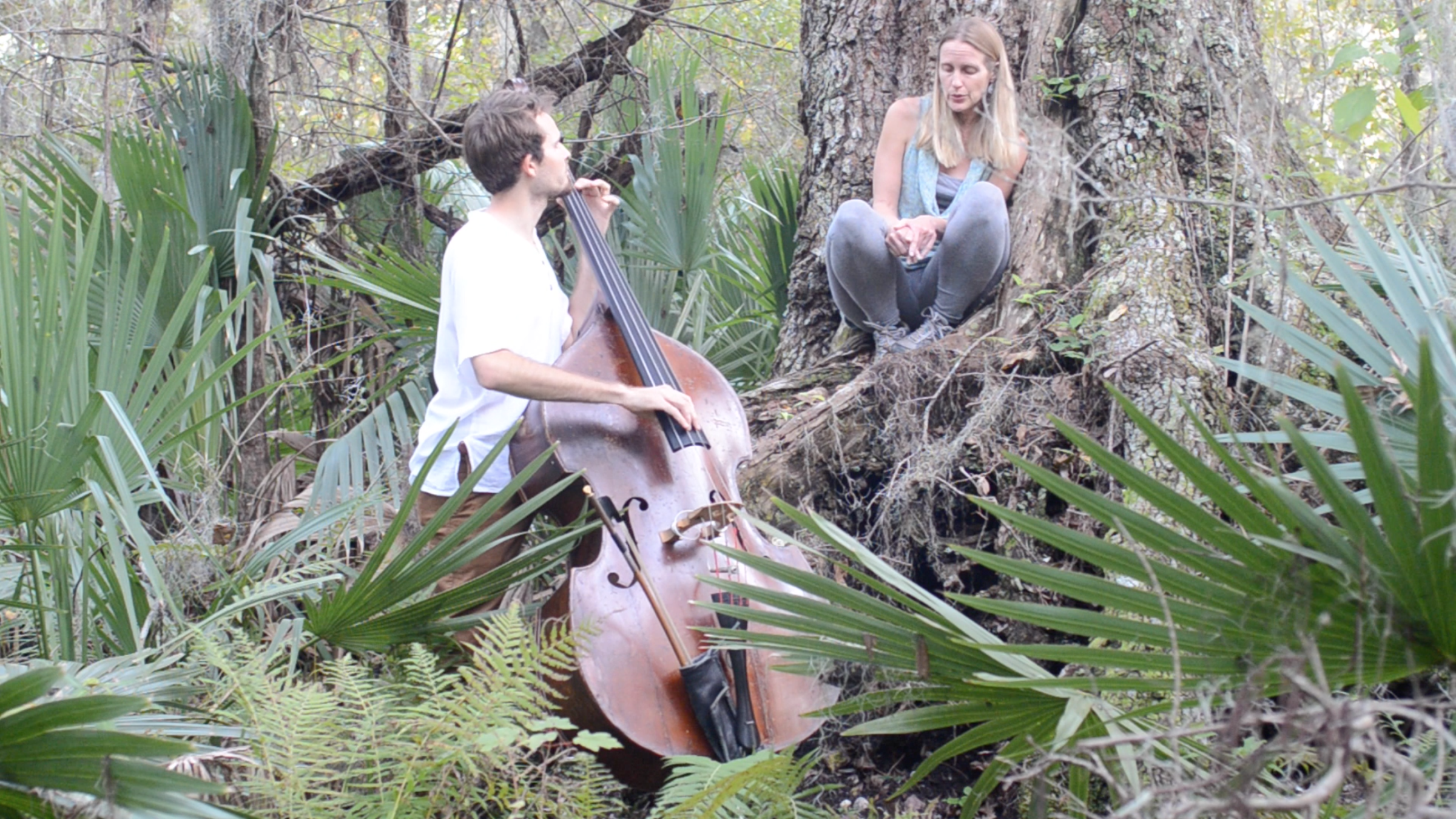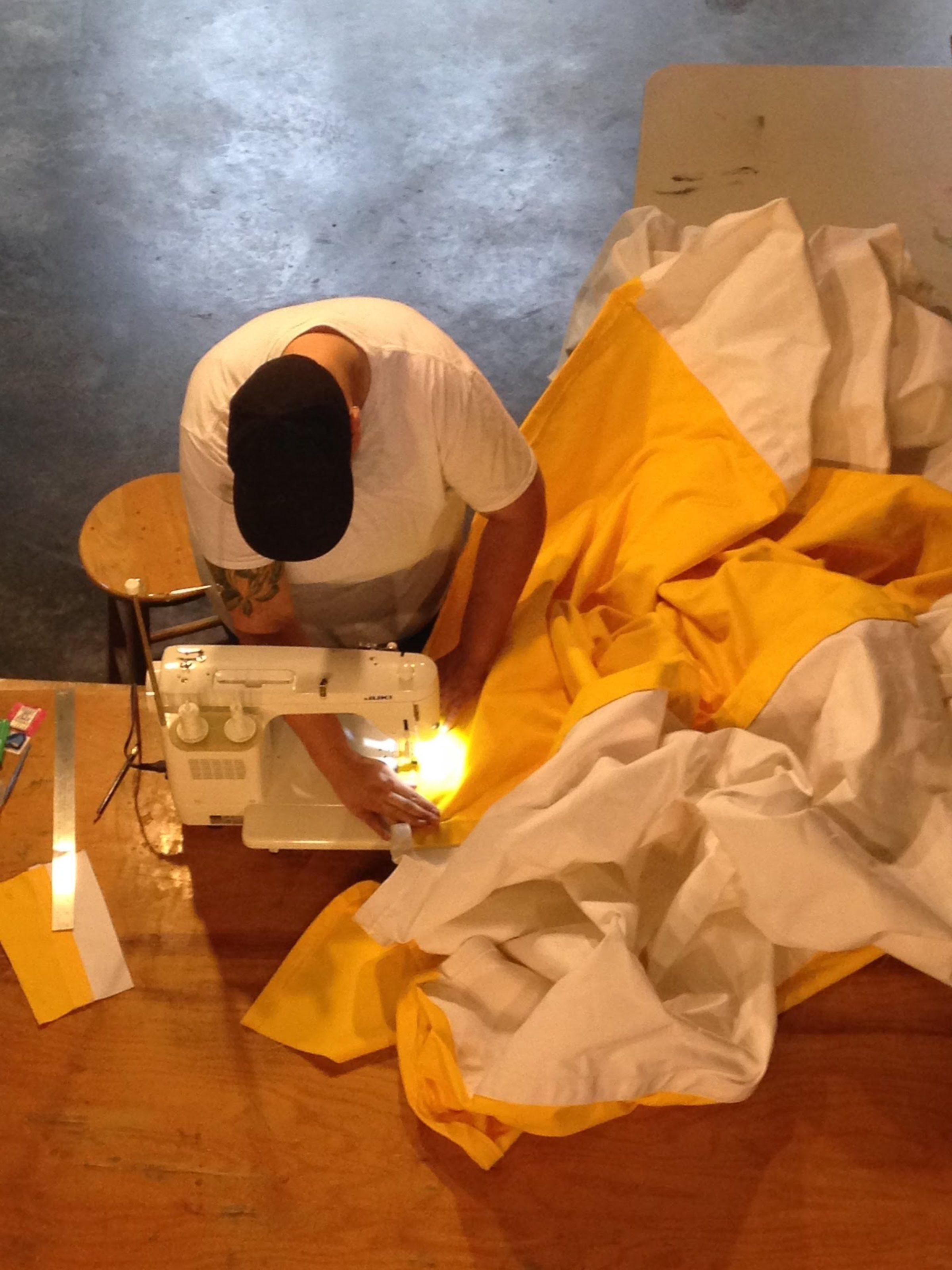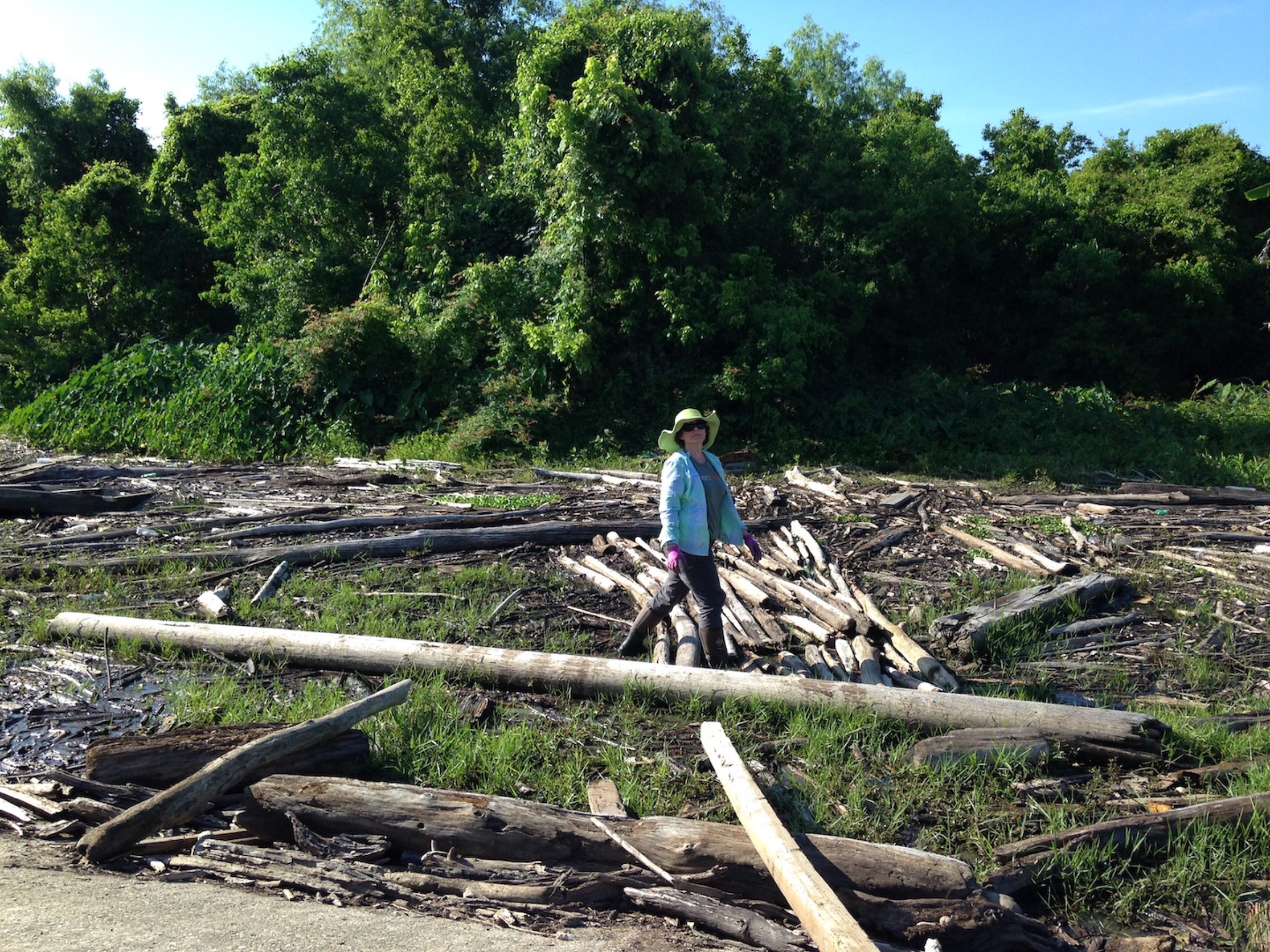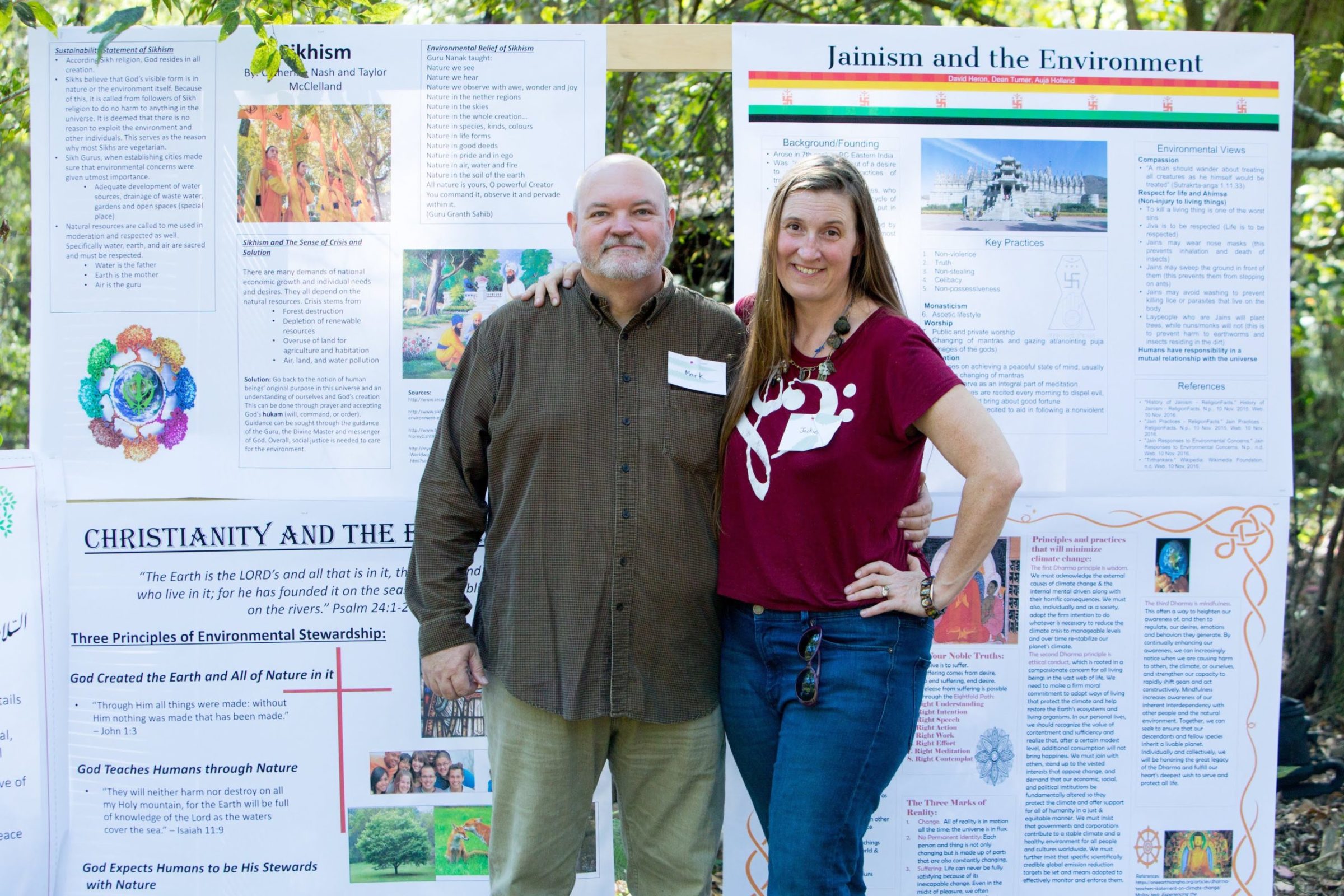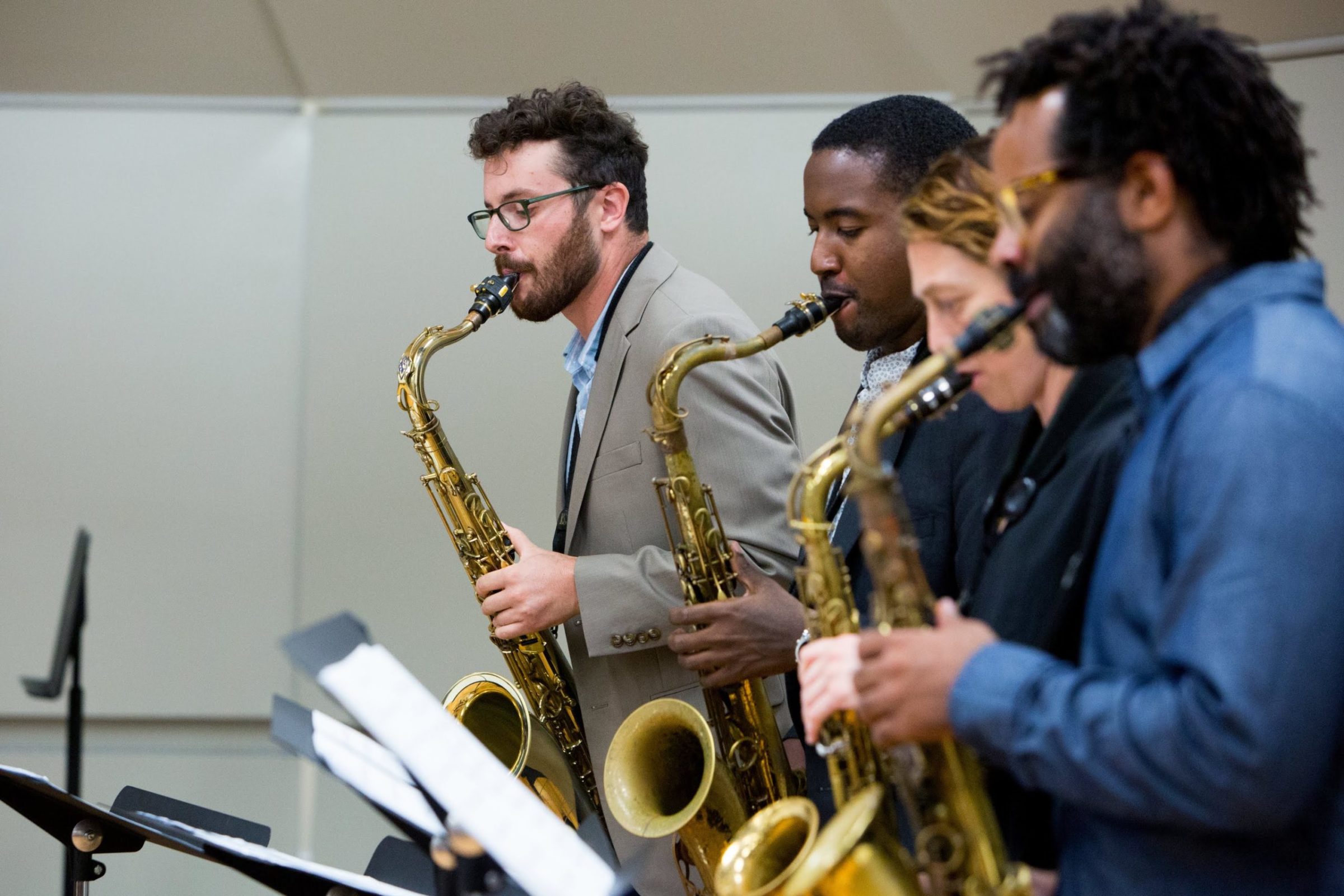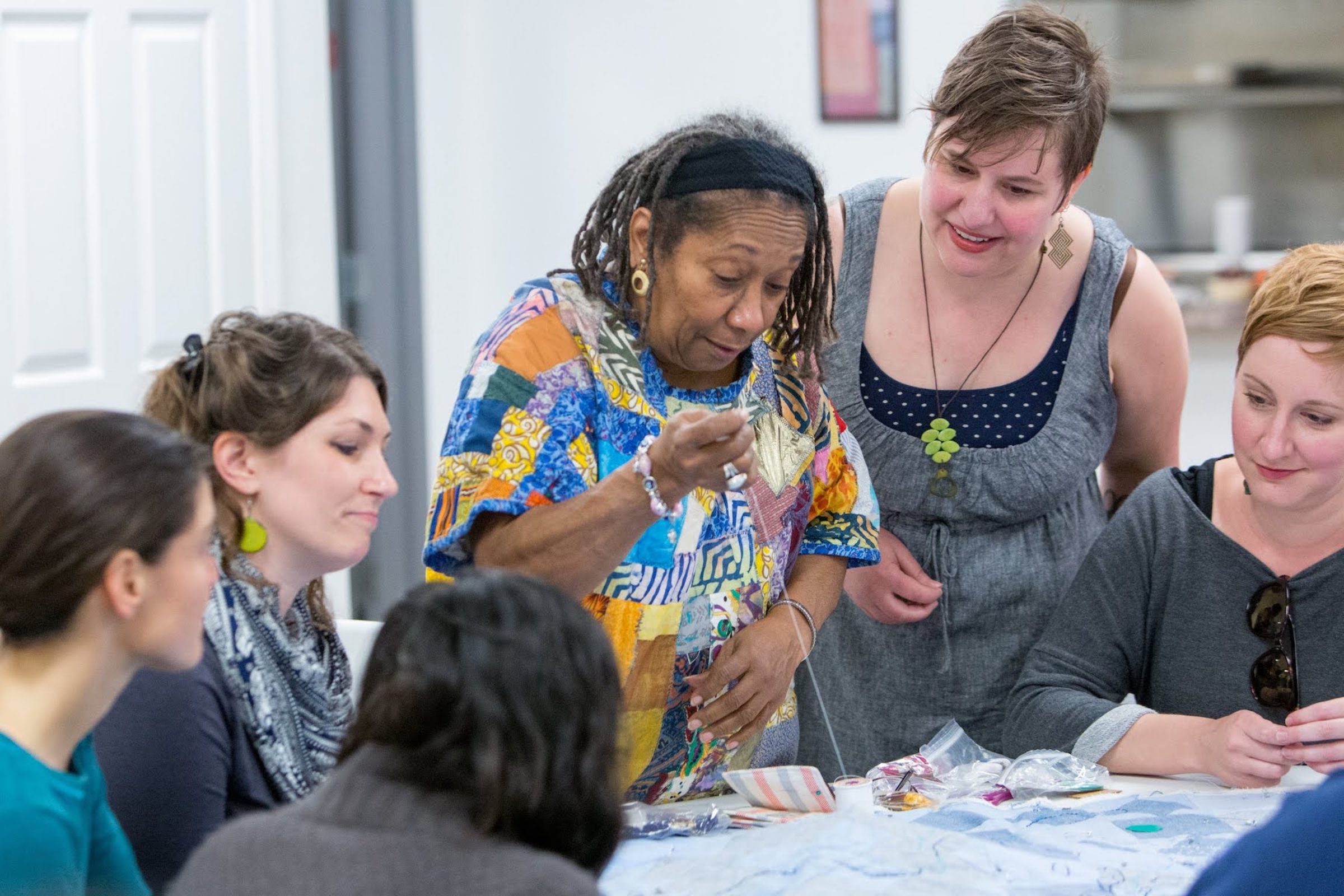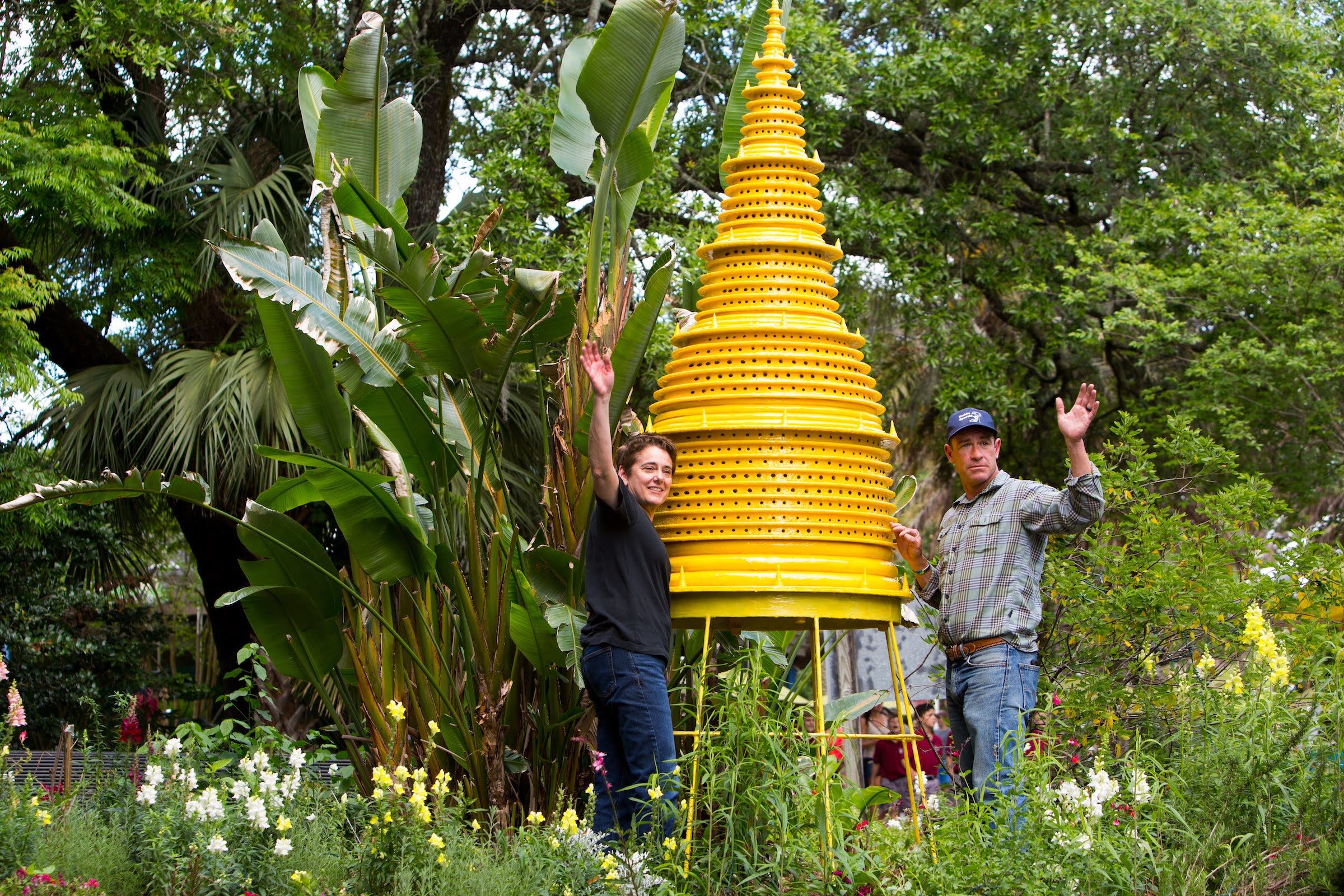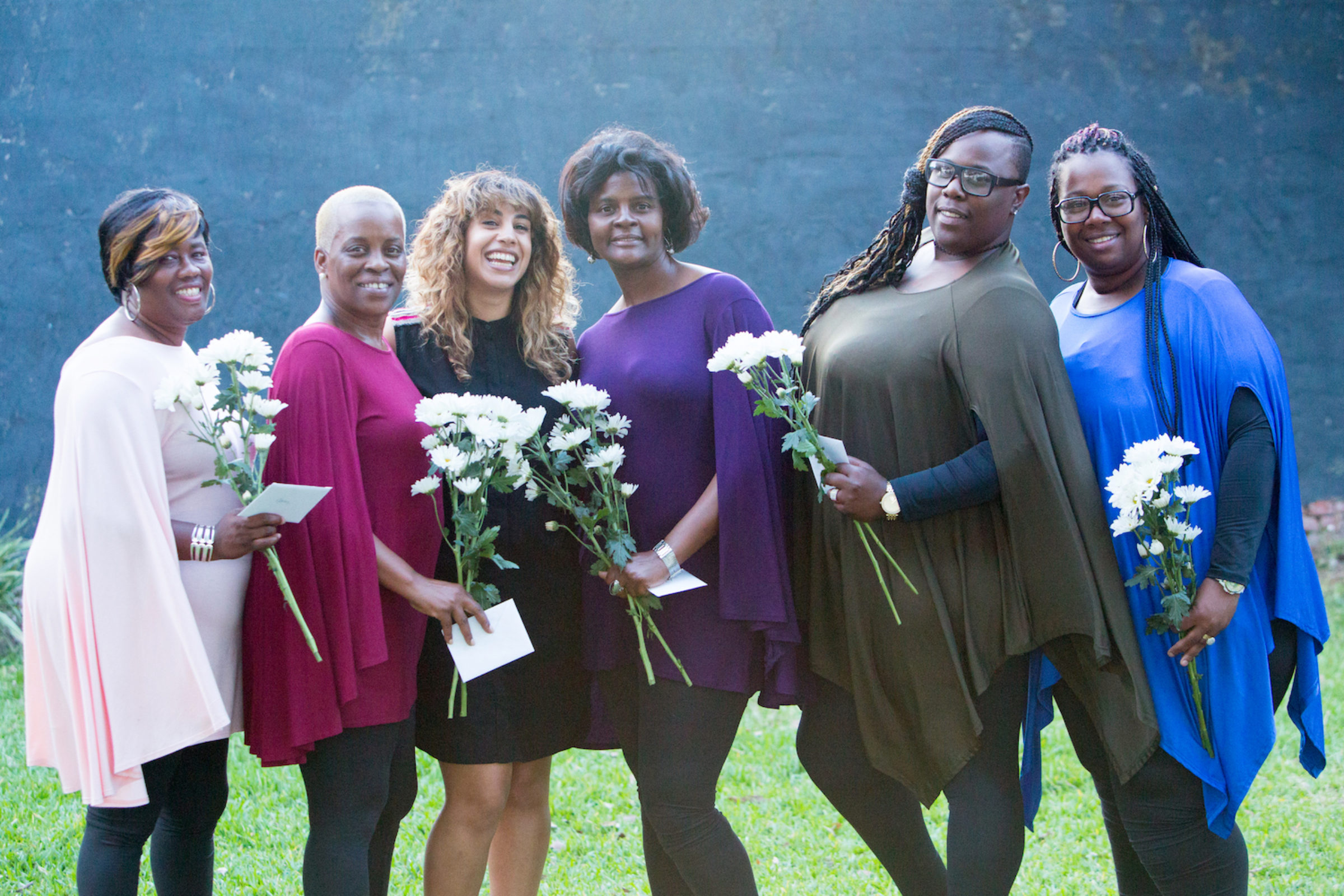Celebrating 20 Years – Scholarly Retreats and Flint & Steel Residencies
September 29, 2021
2021 marks the twentieth year of programming at A Studio in the Woods! To celebrate this milestone, we will be bringing you reflections throughout the year, looking back on our programs, the artists and scholars who have shaped them, and the inspiring new works that have resulted.
We pick up in 2014, which saw the creation of two new programs that deepened our relationships with the academic community in New Orleans: Flint & Steel Residencies and Scholarly Retreats.
Flint & Steel: Sparking Cross-disciplinary Combustion Residencies were designed to allow artists to join forces with invested scholarly partners. Each artist was paired with a Tulane or Xavier University faculty member to inspire each other in the development of new works, to excite the public, and to fuel social change. Addressing artists’ desire to be more effective and have longer lasting impact with their outreach, these collaborations empowered the artistic practice with scholarship, student volunteers and academic resources. Flint & Steel Residencies ran from 2015 – 2017 and supported these artistic/academic partnerships:
2015
Pippin Frisbie-Calder with Tim McLean, Ecology and Evolutionary Biology, Tulane University
Maria Möller with Richard Campanella, School of Architecture, Tulane University
Jessica Levine with Jordan Karubian, Professor, and Renata Ribeiro, Professor of the Practice, Department of Ecology & Evolutionary Biology, Tulane University
Anna Fitzgerald with Felicia Rabito, School of Public Health and Tropical Medicine, Tulane University
Shay Nichols with Thomas W. Sherry, Ecology and Evolutionary Biology and the Phyllis M. Taylor Center for Social Innovation and Design Thinking, Tulane University
Matt Wright with Vicki Mayer, Department of Communication, School of Liberal Arts, Tulane University
2016
Christy George with Laura Murphy, School of Public Health and Tropical Medicine, Phyllis M. Taylor Center for Social Innovation and Design Thinking, Tulane University
Jan Mun with Howard W. Mielke, Pharmacology, School of Medicine, Tulane University
E. Oscar Maynard with Randy J. Sparks, Department of History, Tulane University Jebney Lewis with Rick Snow, Department of Music, Tulane University
Donna Cooper Hurt with Donata Henry, Department Ecology and Evolutionary Biology, Tulane University
Jacqueline Ehle Inglefield with Mark Gstohl, Department of Theology, Xavier University
2017
Byron Asher with Sharlene Sinegal DeCuir, Department of History, Xavier University
Rachel Wallis with Blakeslee Gilpin, Department of History, Tulane University
Esther Solondz with Claudia Riegel, School of Public Health and Tropical Medicine, Tulane University
Sarah Dahnke with Stephen F. Ostertag, Ph.D. Department of Sociology, Tulane University
At the same time, we launched Scholarly Retreats, one-week residencies that seek to enhance and support the scholarship and creativity of Tulane faculty and trainees across disciplines, which continue to this day. Initially and primarily funded by the ByWater Institute, we have developed additional partnerships over the years with Xavier University and the Tulane School of Liberal Arts to host retreats for their faculty as well. We have hosted over 65 scholars in residence to date, you can learn more about them here.
Through both of these programs, we deepened our relationships within Tulane and gained a greater understanding of the possibilities and challenges of cross-disciplinary collaboration. As former board member Benjamin Morris put it his essay for our Flint & Steel catalog –
“When they come together, the base of knowledge that the researcher brings establishes the ground on which the artist now creates. She offers background and context; he discerns what remains to be said. She explains the hidden history of a place or an organism; he reveals this history and makes it tactile and alive. She provides the outlines for the map; he inks and colors them in. She collects the threads of a story from a region, a language, or a people; he takes those threads and weaves them into a tapestry that details the experience of a world in a single glance.”
We continue to cultivate these kinds of artistic/academic explorations today, through programs as such Inspiring Health Justice and Searching for the Ghosts of the Gulf.
Images
- Pippin Frisbie-Calder with Tim McLean pose in from of Pippin’s screen prints of microscopic phytoplankton. Spending hours canoeing and collecting phytoplankton together, the two discovered their mutual passion for these complex organisms.
- Anna Fitzgerald created a puppet-based performance for and with children with asthma in collaboration with epidemiologist Felicia Rabito and her lab at the Tulane School of Public Health.
- Shay Nichols sings in the landscape. With faculty partner Tom Sherry, Shay created nature-based compositions with local musicians and led public listening excursions to discover the beauty and power found in the “chorus” of the Southern Louisiana natural environment.
- E. Oscar Maynard at work in the Founders’ Studio. With input from faculty collaborator and religious studies expert Randy Sparks, Oscar created an ongoing community-based art project that uses the idea of Tent Revivals to explore the ways we stray from our own power, and the ways we go dormant and then come back to life, or revive.
- Donna Cooper Hurt on the batture. Donna created site-specific installations that address place and the human relationship to the environment.
- Jacqueline Ehle Inglefield poses with Mark Gstohl, in front of part of a shrine to the bottomland hardwood forest, created to reignite a reverence for nature.
- Byron Asher, Ricardo Pascal, Aurora Nealand and Reagan Mitchell perform Asher’s Skrontch Music composition at Xavier University.
- Rachel Wallis hosts a community-quilting circle as part of her project exploring the links between textiles and the historic and current global slave economy.
- Esther Solondz and Environmental Curator David Baker install Esther’s Bee Palace at the Audubon Zoo, which functions as a nesting site for wild solitary bee pollinators.
- Sarah Dahnke poses with performers she coordinated as a part of Dances for Solidarity, an ongoing, community-based performance choreographed by incarcerated people in solitary confinement, borrowing from the personal narratives of 50 people in prison in Texas and Louisiana.
